It's been a quarter of a century since I first got a PC at home. For context, I'm 32 years old, and got an HP Brio pre-built when I was in third grade. According to what my father had told me, and calculating based on the USD-INR exchange rate around that time, the machine cost around $1,600. That's pretty much what my existing PC costs — although I didn't have to pay for it.
These two PCs are separated by 22 years of development in computing technology, and it shows — a single-core Pentium III pre-built vs. a custom PC with an 8-core Ryzen CPU and an RTX 3080. For some of you, the specs of my first PC will seem ridiculously, laughably low. That said, the joy of playing games on both machines is pretty similar, all things considered. Here's a brief look at what has changed on my PC in 22 years.
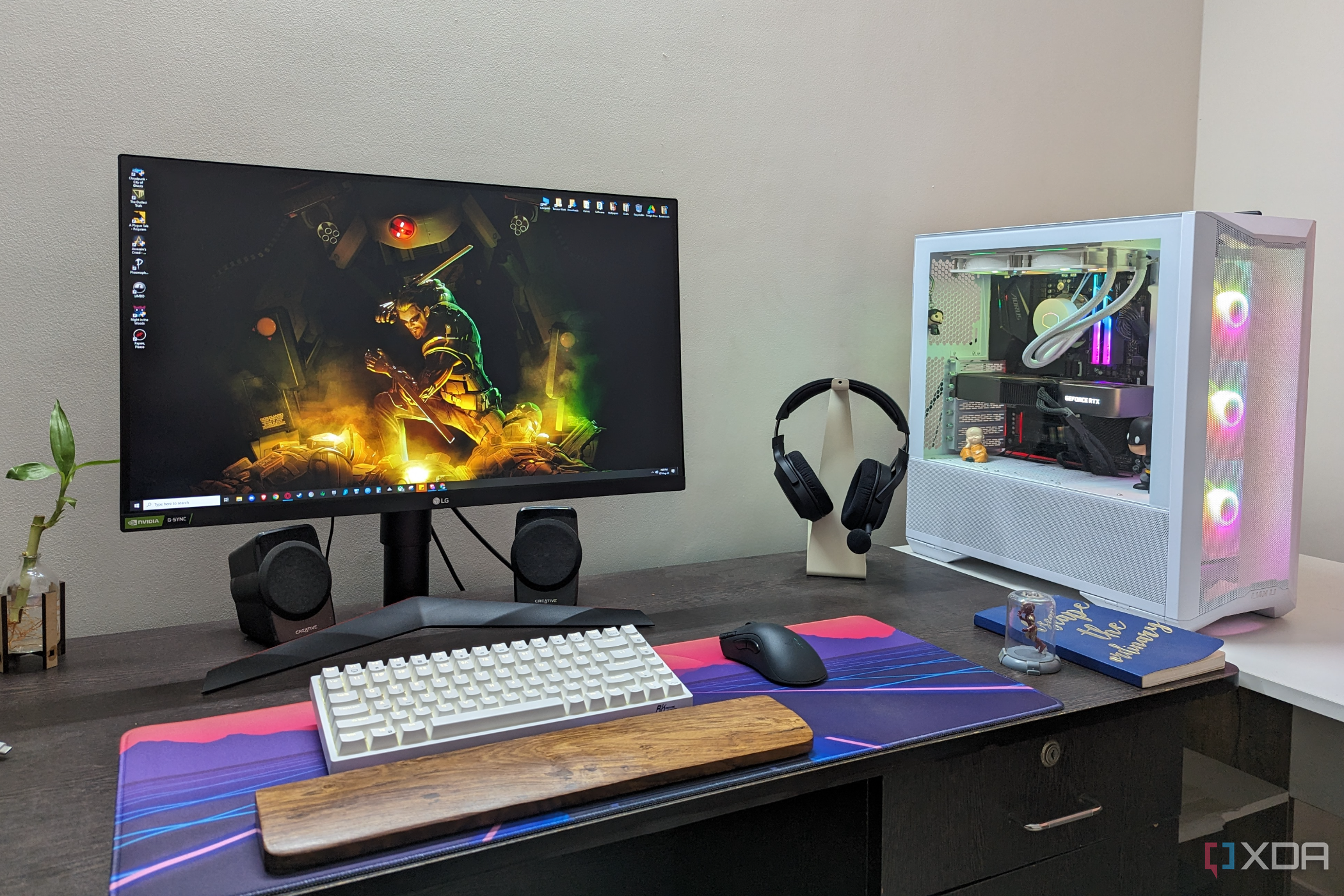
Related
From Intel dual core to AMD Ryzen 8 core CPU - My 15 years of PC building
I've built many gaming PCs but the ones I enjoyed the most are all in the past
The case: Two shades of white
That's where the similarities end
Let's start with the appearances of the two builds. As you might expect, the 25-year-old HP Brio came with what is now lovingly called a "retro" or "vintage" case. The sleek tower had a CD-ROM drive at the top, a floppy drive below that, and a power button in the middle. Compared to most mid-towers today, the PC was quite compact. I'd still call it good-looking, despite what you'd expect from a machine bought in 2000 — maybe it's time to revive my sleeper PC build idea in an old HP Brio case.
My existing PC also features a white case from Lian Li, but everything else couldn't be more different. Instead of a CD-ROM and floppy drive, it has three 120mm ARGB fans adorning the front mesh panel. The power button is now on the top, along with a couple of USB-A and USB-C ports. The top of the case also has a magnetic dust filter. The side of the case, in contrast to my original PC, lets me peek inside through a hinged tempered glass side panel, below which there's a PSU shroud with a mesh panel.
The rear of the HP case had PS/2 ports for the keyboard and mouse, a single USB-A port, a VGA port, some audio ports, DSL phone line ports, and a huge port for a printer (which we also had, for some reason). My Ryzen PC has 7 USB-A ports, HDMI and DP ports, a 2.5Gb Ethernet port, some audio ports, and Wi-Fi connectors. While I don't remember opening the side panel of my first PC, doing that is second nature on my current build. I don't even know what kind of cable management job was done on the HP machine, if any.
From an opaque white box with the bare minimum of I/O, I now have a see-through white box with plenty of airflow and connectivity I'll ever need. The biggest differences between the two machines, however, are in the specs department, which I'll address in the next section.
The platform: Pentium III vs. Ryzen 7 5700X
A tectonic shift
Coming to the meat of the matter, the difference in specifications of these two machines might surprise the younger audience reading this article. It's hard to remember exactly which Pentium III processor I had, but considering the purchase year, it has to be one of the 1999 models. So, that means the clock speed was below 1GHz, most likely in the 700–800MHz range. In contrast, the Ryzen 7 5700X has a 3.4GHz/4.6GHz base/boost clock speed, a massive difference.
Even the manufacturing process will give you a chuckle. The Pentium III that I had was built on either a 250nm or 180nm process node, a far cry from the 7nm process node of my current 8-core Ryzen chip. The memory is perhaps the most astonishing difference between the two PCs — a mere 64MB vs. 32GB. The 9.4GB hard drive on the HP pre-built vs. the 2TB storage on my existing PC is also a huge difference, but not as drastic.
As for the motherboard, power supply, and cooling hardware of my first PC, that info is lost to time. That said, you can still estimate the capabilities of those components from what you've seen in the other departments. The specs of my original PC might seem extremely poor by today's standards, but it obviously didn't feel like that 25 years ago. My brother and I had enough fun playing games and creating masterpieces in MS Paint. Talking of games, let's discuss the GPU.
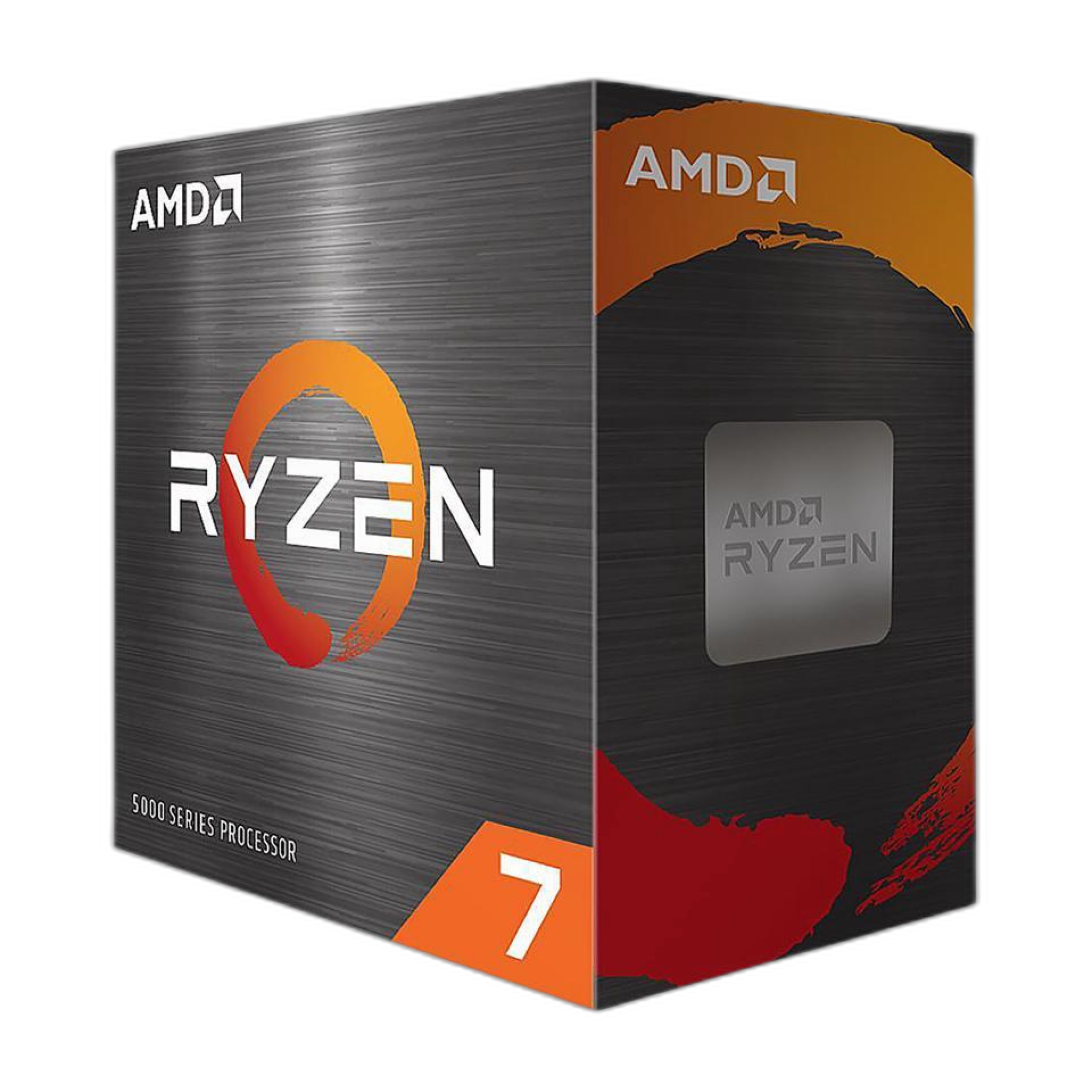
The AMD Ryzen 7 5700X is an excellent processor with 8 Cores and 16 processing threads that provide plenty of power and speed. Despite being an older AM4 chip, it provides a solid base for a powerful budget gaming PC.
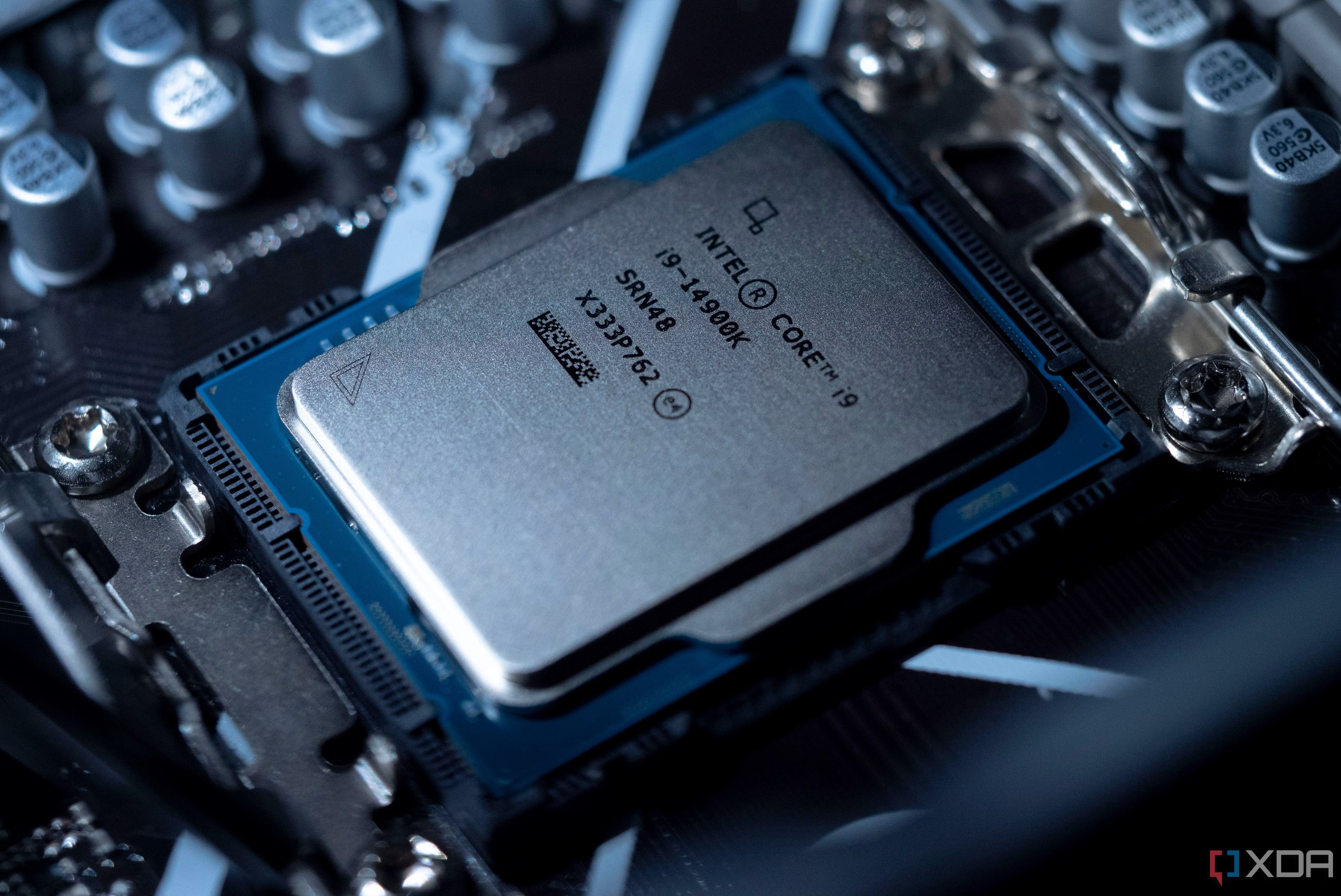
Related
6 worst Intel CPUs of all time
If you look throughout Intel's history, you'll find tons of awful CPUs, many of which would have caused financial ruin for any other company.
The GPU: None vs. RTX 3080
Well, not exactly, but yes
Obviously, my first PC had to have some form of graphics, but there was no discrete GPU or even integrated graphics on the CPU. I had to make do with the onboard graphics on the motherboard, and play whatever was possible with that configuration. At that time, I wasn't aware of discrete GPUs or whether I could even change the hardware of my PC. Still, I had loads of fun playing titles like Blood Bath, Road Rash, DX-Ball, Ski, Hangman, Claw, and countless others.
On my current PC, however, I have a pretty powerful discrete graphics card – the RTX 3080. Because I never had to go through the GPU pricing crisis that persisted till 2022 (on account of winning a PC), I basically got the RTX 3080 at MSRP (as part of the prize money allocated for the build). That's probably my biggest win. And in terms of the games I've played, I count Cyberpunk 2077, Microsoft Flight Simulator, Alan Wake 2, Forza Horizon 5, Dying Light 2 Stay Human, and No Man's Sky as my top picks.
Over the course of 25 years, many other builds that I've used would seem a far cry from my current PC. For instance, the one with a Core 2 Duo CPU and no GPU, or the one with a 1GB GPU from ATI, or even the one with the Ryzen 5 1600 and GTX 1050 Ti. Still, I remember my first PC most fondly, despite not building it myself. It was the first computer I ever owned, and it kickstarted a lifelong love affair.
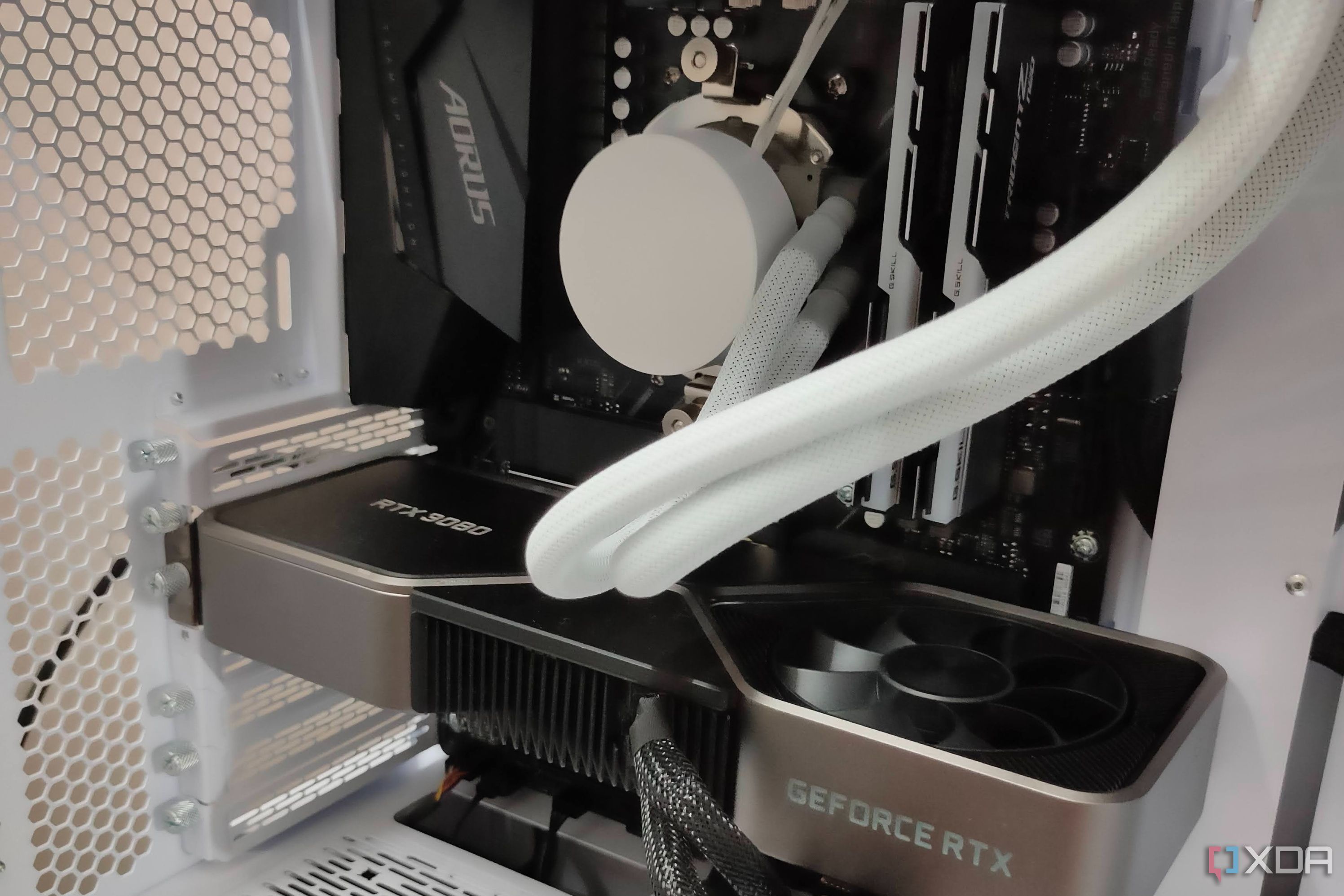
Related
5 reasons my RTX 3080 to RTX 5080 upgrade dream is ruined
I hoped the RTX 5080 would replace my RTX 3080, but the dream is dead.
A 20-year-old PC building journey
A pre-built got me started with PCs, but every other computer that I had was a custom machine. Starting in 2007, I built many PCs for my friends, family, and myself, seeing the industry evolve from the era of humble single-core consumer CPUs to that of 16-core beasts. Over the years, it gets easier to forget your older PCs, but it's impossible to forget your first one.
.png)
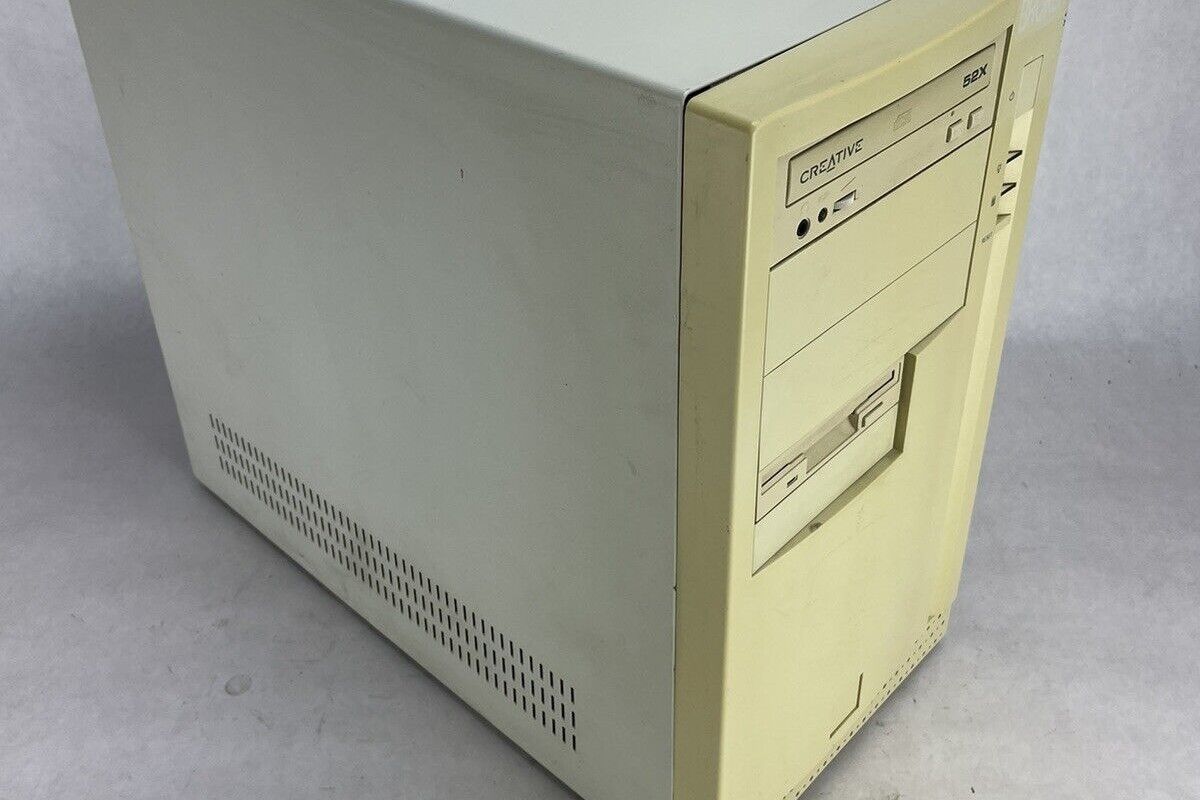




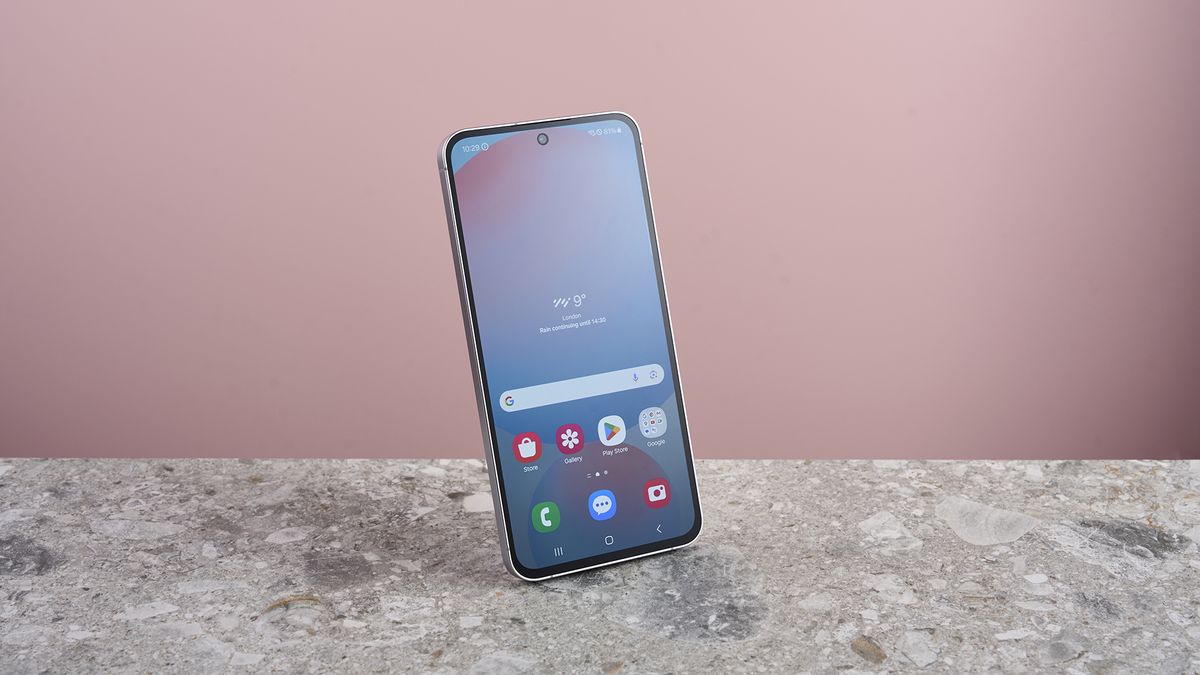





 English (US) ·
English (US) ·